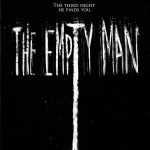Mimic (1997)
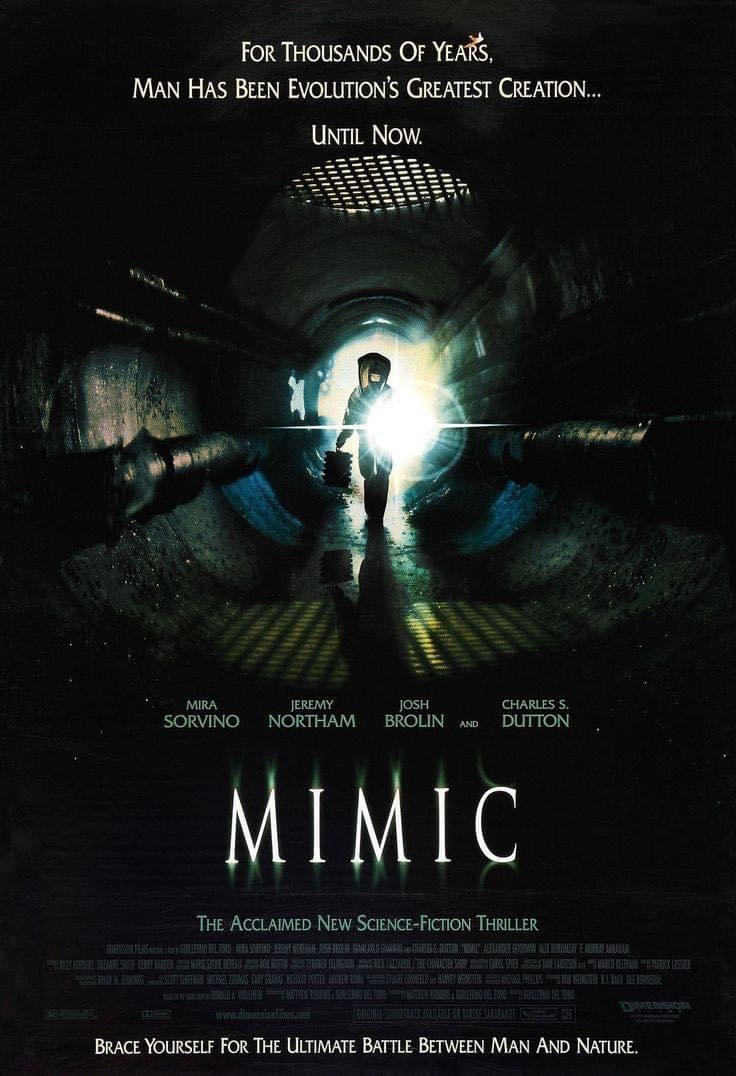
Mimic (1997), directed by Guillermo del Toro, is a science fiction horror film that combines atmospheric horror, monster movie thrills, and a touch of urban mystery. This early entry in del Toro’s career is set in the grimy, labyrinthine underworld of New York City, following a scientist who inadvertently unleashes a genetically engineered species with terrifying consequences. Despite production struggles and studio interference, Mimic offers memorable visuals and some unique ideas that make it worth revisiting for horror and del Toro fans.
Suggested videos for you:
Plot Summary
The story begins with Dr. Susan Tyler (Mira Sorvino), an entomologist who, along with her husband Dr. Peter Mann (Jeremy Northam), is brought in by the CDC to combat a deadly disease called “Strickler’s Disease” that’s killing children in New York. The disease is being spread by common cockroaches, so Susan engineers a new species of insect called the Judas breed, which releases an enzyme toxic to cockroaches and, crucially, is designed to die off after one generation. This solution eradicates the disease, and Susan and Peter are lauded for their success.
However, three years later, something horrifying begins to emerge: the Judas breed didn’t die off as intended but rather evolved in the sewers, mutating at an accelerated rate. Now, these giant insects have developed the ability to mimic their primary predator—humans. As the creatures grow smarter and more lethal, Susan, Peter, and a small group of allies, including police officer Leonard (Charles S. Dutton) and a subway worker named Manny (Giancarlo Giannini), must descend into the city’s subterranean depths to confront a horror they unwittingly created.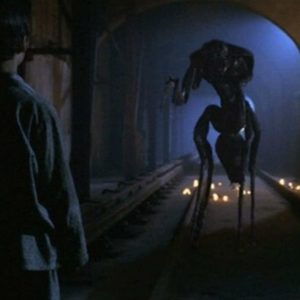
Visuals and Atmosphere
Del Toro’s signature style shines through in Mimic, despite significant interference from studio executives who demanded a more conventional approach. The film’s setting is one of its strongest elements. The New York sewers and abandoned subway tunnels provide an eerie, claustrophobic environment that del Toro uses to full effect, with oppressive darkness and eerie sound design creating a sense of inescapable dread. Del Toro’s passion for horror and his background in special effects are evident in the meticulously crafted creature design. The Judas insects are grotesque and unsettling, capturing a balance between realism and fantasy that makes them more terrifying.
Themes
Mimic touches on classic themes of science gone wrong, with a particular focus on humanity’s hubris in playing God with nature. Susan’s well-intentioned genetic engineering leads to catastrophic consequences, emphasizing the unintended dangers of tampering with nature’s balance. The film’s title, Mimic, works on multiple levels—on one hand, it refers to the creatures’ ability to mimic humans, but it also alludes to humanity’s own mimicry of nature, with science imitating and ultimately perverting natural processes. The creatures, especially in their evolved state, represent humanity’s attempts to control and alter the natural world backfiring in monstrous ways.
Del Toro also integrates themes of urban decay and isolation. New York City’s underbelly is portrayed as a forgotten world, infested with creatures that thrive in the darkness of neglected infrastructure, mirroring societal neglect and decay. The film subtly comments on how the human world, particularly in crowded urban spaces, can become as labyrinthine and dangerous as any wilderness.
Characters and Performances
Mira Sorvino leads the cast as Dr. Susan Tyler, delivering a performance that’s both grounded and empathetic. Sorvino balances the role’s scientific authority with a vulnerability that makes her a compelling protagonist, especially as she faces the horror of her own creation. Jeremy Northam as her husband, Peter, is solid but somewhat underutilized, while Charles S. Dutton provides a strong performance as Leonard, injecting the film with gritty humor and a palpable sense of urgency. Giancarlo Giannini also stands out as Manny, a subway worker searching for his son, which adds a personal, human element to the horror.
However, due to the film’s hurried production and studio pressures, some characters are underdeveloped, and their motivations aren’t as nuanced as del Toro might have originally intended. The interpersonal dynamics take a backseat to the action and suspense, making it feel more like a conventional creature feature in places, which del Toro himself has expressed dissatisfaction with.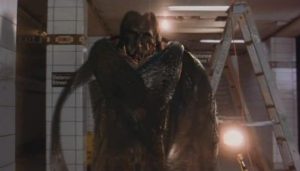
Direction and Creature Design
Del Toro’s vision is visible in Mimic‘s aesthetic, even if it’s not fully realized due to the production constraints he faced. His use of shadow, sound, and texture in crafting the Judas breed insects adds a level of artistry that elevates the film above many other creature features of its time. The Judas breed itself is a masterful piece of creature design, combining biological plausibility with a nightmarish quality that makes the creatures feel truly alien yet grounded in reality. The way these creatures “mimic” humans, especially with the subtle and disturbing folding of their wings to create a human-like silhouette, adds a chilling layer to their menace. This evolutionary quirk is a fascinating touch, hinting at del Toro’s interest in the grotesque and the beauty of nature’s darker side.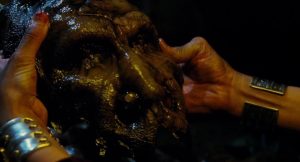
Production Challenges and Legacy
The film’s production was notoriously difficult, with del Toro clashing with the studio over creative decisions. The studio demanded a more formulaic approach, cutting some of del Toro’s original ideas and even changing parts of the script to increase the commercial appeal. Del Toro has been vocal about his dissatisfaction with the final cut, calling it a “horrible, painful experience” and stating that he wasn’t able to fully execute his vision.
Despite these challenges, Mimic has gained a cult following over the years. Fans of del Toro appreciate it as an early example of his unique voice and vision, and the film has earned respect for its atmosphere and creature design. In 2011, a director’s cut of Mimic was released, restoring some of del Toro’s intended tone and style, giving fans a closer look at his original vision for the film.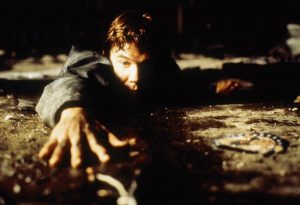
Verdict
Mimic is an ambitious and atmospheric creature horror film that shows the early promise of Guillermo del Toro’s talent, even if it’s marred by studio interference and production issues. It’s a film that stands out from other ’90s horror movies due to its distinct visual style, oppressive atmosphere, and unique creature design. For del Toro fans, it’s a fascinating glimpse into his evolving style and thematic concerns, particularly his fascination with the monstrous and the idea of transformation.
While Mimic may not fully realize its potential, it remains a dark and memorable thriller with a blend of science fiction and horror that tackles weighty themes about humanity’s relationship with nature. It’s an intriguing entry in del Toro’s filmography and an underrated horror movie that deserves recognition for its ambition and haunting atmosphere. For viewers who appreciate creature horror with an atmospheric twist, Mimic is an unsettling and visually captivating ride, even with its flaws.




